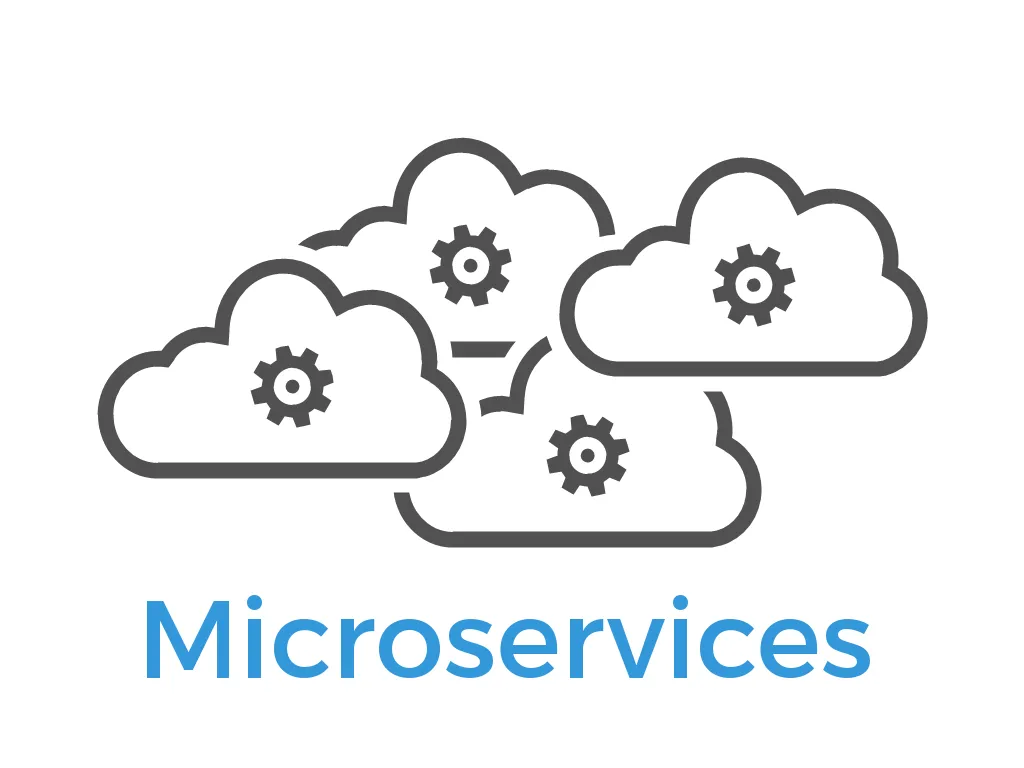What Are Microservices?
Definition: Microservices are small, independent software components that perform a single task (e.g., sending an email, or logging data). They are part of a larger application but operate autonomously.
Key Traits :
Independent: Failures in one microservice don’t crash the entire system.
Self-contained: Each has its own logic and resources.
Asynchronous: Run in parallel without blocking user experience.
Decentralized: No single point of control; tasks are split across services.
Example: In a “Discount Claim” app, one microservice sends emails, another logs data, and another updates a database — all working in parallel.
Monolithic vs. Microservices Architecture
Monolithic Apps :
A single codebase handling all tasks sequentially.
Problem: A slow task (e.g., sending an email) freezes the entire process, causing delays.
Analogy: A single chef cooking an entire meal alone (slow and bottleneck-prone).
Microservices :
Tasks are split into independent services that communicate via task queues.
Solution: The user experience isn’t blocked; tasks run asynchronously.
Analogy: A kitchen with multiple chefs (microservices) handling different dishes (tasks) in parallel.
Example: The Discount Claim app uses a task queue (e.g., RabbitMQ) to distribute work. When a user submits data:
A producer (web app) sends a message to the queue.
Consumers (microservices) pick up tasks (send email, log data, etc.) and execute them independently.
ChatGPT image generator. that’s why it’s ambiguous :)
Core Components of Microservices
Producer: The component that generates tasks (e.g., a web app submitting user data).
Task Queue: A message broker (e.g., RabbitMQ, Redis) that routes tasks to workers.
Consumers/Workers: Microservices that listen to the queue and execute tasks.
Producer → Task Queue → Consumers (Microservices)
Benefits of Microservices
Scalability: Add more instances of a microservice to handle load (e.g., 10 email-sending workers during peak times).
Resilience: A failed microservice doesn’t crash the entire system.
Flexibility: Use different technologies for different services (e.g., Python for logging, Go for high-speed tasks).
Maintenance: Smaller codebases are easier to debug and update.
Cloud-Native: Deploy microservices in containers (e.g., Docker) across cloud platforms (AWS, Azure).
Challenges
Complexity: Requires tools for orchestration (e.g., Celery), monitoring, and logging.
Security: Each microservice and the task queue must be secured.
Testing: Integration and end-to-end testing become critical.
Team Coordination: Multiple teams may work on different services.
Designing Microservices
Step 1: User Stories & Use Cases
Break down user goals into discrete tasks.
Example: User Story: “As a user, I want to claim a discount code.”
Use Cases :
Web app collects user data (producer).
Microservice sends email.
Microservice logs data.
Step 2: Define Contracts
Specify how services communicate (e.g., via RabbitMQ messages).
Step 3: Choose Technology
Use Python/Celery for task queues, Docker for containerization, and REST APIs for external services.
Qwen image generator. a way better than old friend.
Reactive & Cloud-Native Microservices
Reactive: Services respond to messages/events asynchronously.
Example: A logging microservice triggers when a message arrives in the queue.
Cloud-Native: Deploy services as containers across cloud providers (AWS, Google Cloud) for scalability.
Example Code Snippet (Python + Celery)
from celery import Celery
app = Celery('log_service', broker='pyamqp://guest@localhost//')
@app.task
def write_log(message):
# Logic to write log to database
print(f"Logged: {message}")
How It Works :
The write_log microservice listens to the queue.
When a message arrives (e.g., “User claimed discount”), it executes the task.
Summary
We started this chapter with a definition of microservices. At first, this definition might have sounded a bit abstract. However, by comparing microservices to monolithic applications and looking at the microservices architecture and its components, we provided a clear definition.
Then, we looked at the benefits of microservices that allow us to build more scalable, flexible, and resilient applications. This helped us justify microservices development efforts for our stakeholders.
Finally, we explored and applied the software design techniques of user stories and use cases to design microservices. This prepares the ground for the next chapter, where we will learn about the components of the Django microservices architecture. Also, we’ll walk through creating a sample microservice. (Hands-On Microservices with Django).
If you enjoyed reading this article, please show your support by clapping and following for more content!
